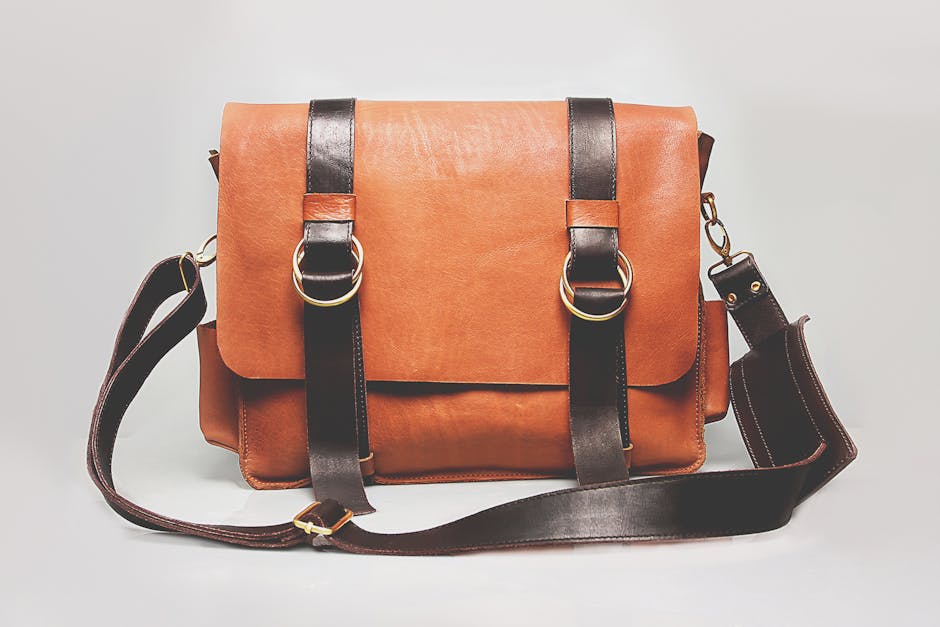Drawers
Drawers are ubiquitous in our lives, offering essential storage solutions in homes, offices, and beyond. From organizing clothes to keeping important documents safe, drawers play a critical role in maintaining order and functionality in our spaces. This article will explore the various types of drawers, their construction, common uses, and tips for choosing the right drawers for your specific needs.
Types of Drawers
Drawers come in a wide variety of styles and materials, each designed for a specific purpose. Understanding the different types will help you choose the best option for your needs.
Based on Location and Use
- Kitchen Drawers: Designed to withstand heavy use and often equipped with features like soft-close mechanisms and dividers for organizing utensils, cookware, and food storage containers.
- Bedroom Drawers: Commonly found in dressers, chests of drawers, and nightstands. These drawers are typically used for storing clothing, linens, and personal items.
- Office Drawers: Used for storing files, stationery, and other office supplies. File drawers are specially designed to accommodate hanging files, while smaller drawers are ideal for pens, paperclips, and other small items.
- Bathroom Drawers: Often found in vanities and used for storing toiletries, makeup, and other bathroom essentials. These drawers are typically made from moisture-resistant materials.
- Workshop Drawers: Built for durability and often found in tool chests and workbenches. Designed to withstand heavy loads and organize tools, hardware, and other workshop supplies.
Based on Construction
- Dovetail Drawers: Considered the strongest and most durable type of drawer construction. Features interlocking dovetail joints that provide exceptional strength and resistance to pulling apart.
- Dado Drawers: A groove (dado) is cut into the sides of the drawer to accept the drawer front, back, and bottom. Provides a strong and reliable connection.
- Rabbet Drawers: A rabbet (a notched edge) is cut into the sides to accept the drawer front, back, and bottom. A simpler construction method than dovetail or dado, but still provides a decent level of strength.
- Butt Joint Drawers: The simplest type of drawer construction, where the drawer sides are simply butted together and glued or screwed. Least durable option and not recommended for heavy use.
Based on Material
- Wood Drawers: A classic and versatile option, offering a range of finishes and styles. Can be made from solid wood or plywood.
- Metal Drawers: Durable and often used in commercial and industrial settings. Resistant to moisture and pests.
- Plastic Drawers: Lightweight and affordable option, often used for organizing small items.
Drawer Hardware and Mechanisms
The hardware and mechanisms used in drawers play a significant role in their functionality and ease of use.
Drawer Slides
- Ball-Bearing Slides: Provide smooth and quiet operation, with a high weight capacity.
- Roller Slides: A more affordable option that uses rollers to guide the drawer.
- Soft-Close Slides: Prevent drawers from slamming shut, reducing noise and wear and tear.
- Full-Extension Slides: Allow the drawer to be fully extended, providing access to the entire contents.
Drawer Pulls and Knobs
- Knobs: Small, rounded handles that are typically attached to the drawer front with a single screw.
- Pulls: Larger handles that are attached to the drawer front with two or more screws. Offer a more substantial grip and can add to the aesthetic appeal of the drawer.
Factors to Consider When Choosing Drawers
Selecting the right drawers for your needs involves careful consideration of several factors.
- Size and Dimensions: Measure the space where the drawer will be installed to ensure a proper fit.
- Weight Capacity: Consider the weight of the items you will be storing in the drawer.
- Material and Construction: Choose a material and construction method that is appropriate for the intended use and environment.
- Hardware and Mechanisms: Select hardware and mechanisms that provide smooth operation and durability.
- Style and Aesthetics: Choose a drawer style that complements the overall design of your space.
Drawer Maintenance and Care
Proper maintenance can extend the life of your drawers and ensure they continue to function smoothly.
- Regular Cleaning: Clean drawers regularly to remove dust, dirt, and debris.
- Lubrication: Lubricate drawer slides periodically to maintain smooth operation.
- Tighten Hardware: Check and tighten drawer pulls and knobs regularly to prevent them from becoming loose.
- Avoid Overloading: Avoid overloading drawers to prevent damage to the slides and construction.
Conclusion
Drawers are essential components of our living and working spaces, offering practical and versatile storage solutions. By understanding the different types of drawers, their construction, and the factors to consider when choosing them, you can make informed decisions that meet your specific needs and enhance the functionality and aesthetics of your environment. Consider the long-term durability and intended usage when selecting your drawers to ensure years of reliable performance.














Post Comment